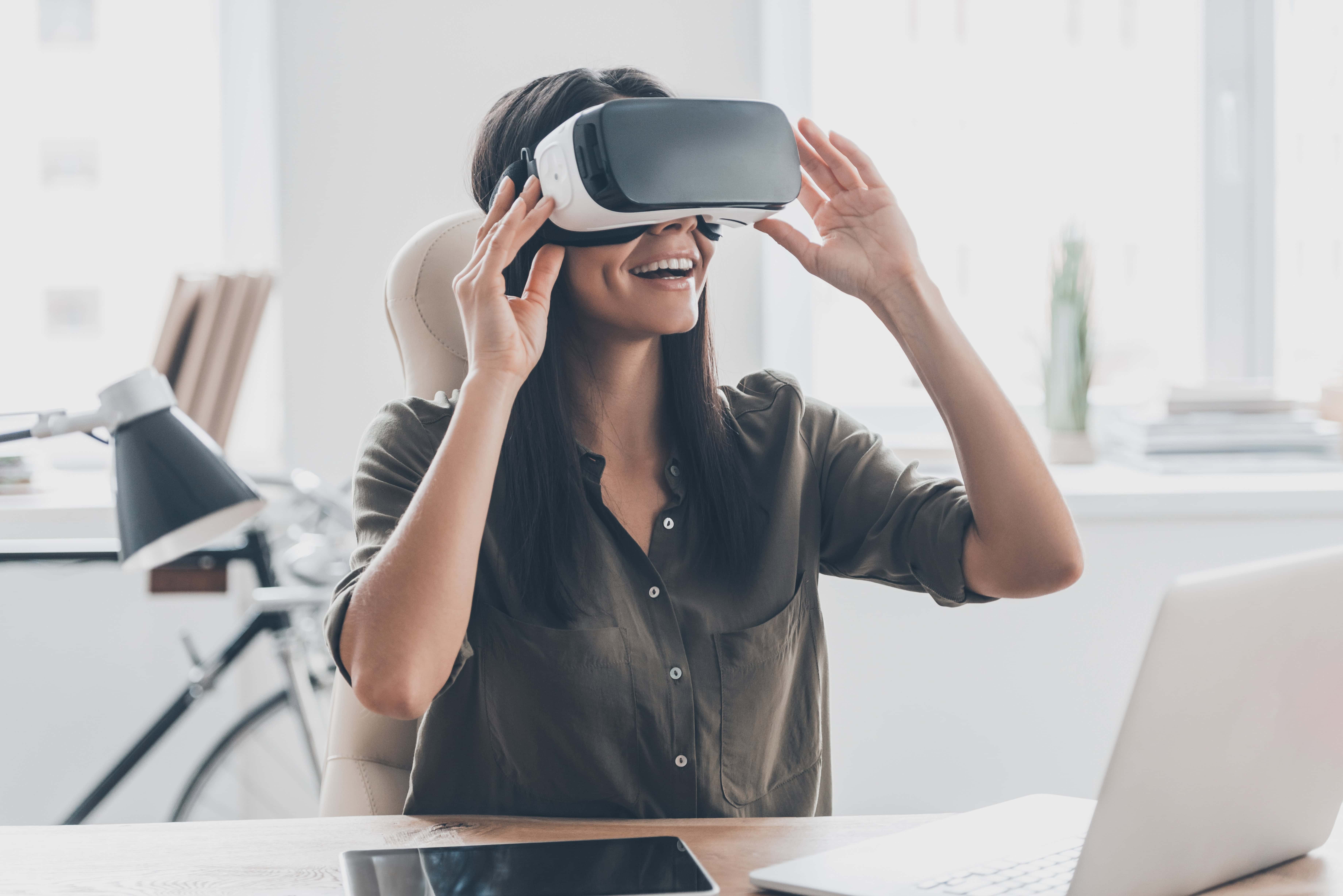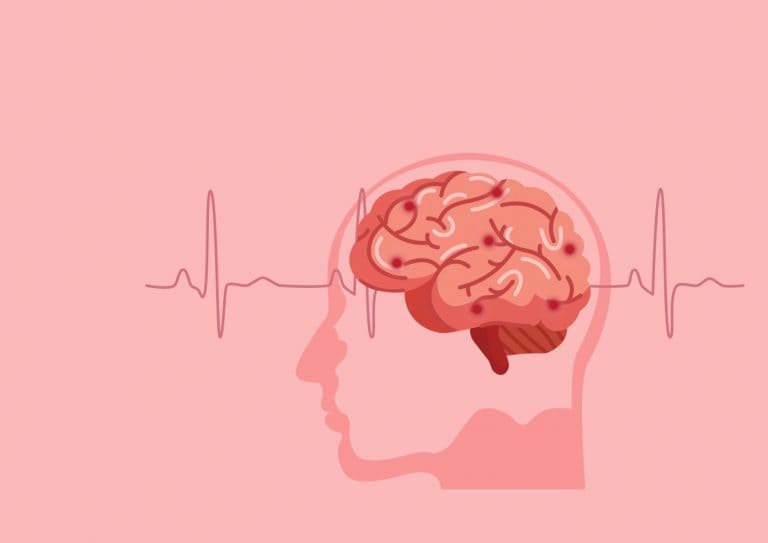
Virtual reality to assist with brain injury rehab
The use of virtual reality (VR) is becoming more commonplace in society, portraying the prediction of a lot of the futuristic films from the 80’s and 90’s which seemed so far-fetched. We now have next level gaming, where players can be ‘inside the game’ and the ‘Metaverse’ now exists and is developing ways for everyone to interact using a headset. Thankfully, there is no need to own a DeLorean to enjoy this technology!
The technology has also found its way into medicine, and has been utilised positively so that surgeons and trainees can use VR headsets to mimic real surgical procedures in attempts to boost their preparedness and efficiency in a real life operation.
Since its emergence in the 1980’s, with the earliest examples dating back to the early 1900’s, the technology has come a long way in terms of its form and costings; although the futuristic goggles and gloves still remain!
With this in mind, I wanted to use this short blog as an opportunity to look at some of the research undertaken and the future prospects for using ‘virtual reality’ as a method or assisting provision for the rehabilitation of brain injuries and their sequelae.
Where are we?
Surprisingly, there have been many studies conducted to look at the use of virtual reality to both establish the consequences of a brain injury as well as assist with management and recovery. I have outlined a few interesting studies where the focus was potential rehabilitation below and for those interested, the full studies will also be linked:
Wright WG et al (2014) developed a virtual environment that allowed users to explore a digitalised setting (which could change depending on preference, i.e. a temple or a forest) and tasks to complete postural tasks. The programme would collect data in order to assist with identifying visual-vestibular deficits.
Robitaille et al (2018) used the technology to create an avatar based programme that captured the real time movements of a user to assess their executive functions (i.e. their cognitive processes and mental skills that help an individual plan, monitor and successfully execute their goals). They did this through the use of a ‘virtual body’ that can be placed in a similar environment.
More recently the Kessler Foundation have been researching the visual neglect caused by a traumatic brain injury, using a game-like rehabilitation program leveraging a combination of VR and eye-tracking technologies.
How can the technology be used?
One of the main features of cognitive rehabilitation is the repeated and systematic training of those abilities which may be impaired. An example is for memory, various tests will be repeated in attempts to strengthen this as time progresses. One benefit of VR is that it is customisable and ‘environments’ can be created for the user, meaning the system is dynamic. This is not to suggest that it will become a complete type of therapy in its own right (at least not yet) but more of an extension to an existing rehabilitation programme and a way of building upon any existing therapies.
In addition to the above, the systems are usually portable and can therefore be adapted to various locations. Given that VR systems are used for gaming and therefore already commonplace in the home, there is little to prevent in-home VR systems for rehabilitation purposes being used in the same manner.
Whilst the costings for the specific rehabilitation technology is still going to be a deliberated topic in its infancy, it is plausible to suggest that long term it may not be a costly tool to assist with rehabilitation. Currently the VR headsets used for gaming that are on the market retail for around £300, although some are cheaper. As above, this does provide a potential opportunity for it to be used as ‘bedside therapy’ and an extension to any existing treatment plan. This also makes it more accessible, which given the current cost of living situation will be welcomed by potential users. It is hoped that in time the costs will continue to reduce as the headsets become more commonplace and operations to produce the systems are given the greenlight.
Conclusion
As with any technology that crosses the bridge between science and medicine, there is still plenty of research to be had as to the usage of VR technology to assist with the rehabilitation of brain injuries, but the early signs provide a positive outlook.
There is good reason to believe VR is impressive and importantly, fun with a lot of potential as a therapeutic tool in rehabilitation for traumatic brain injury cases in all of its forms. In terms of its potential for future application, there may be opportunities for it to assist with more niche parts of neurological disorders. For example, it is possible that this technology may have it uses with regards to the ongoing debate surrounding the heading of a football and its links to dementia. For now however, it is clear to see that the possibilities are vast with regards to its medical application.










